
How to Use R4 minima: Examples, Pinouts, and Specs
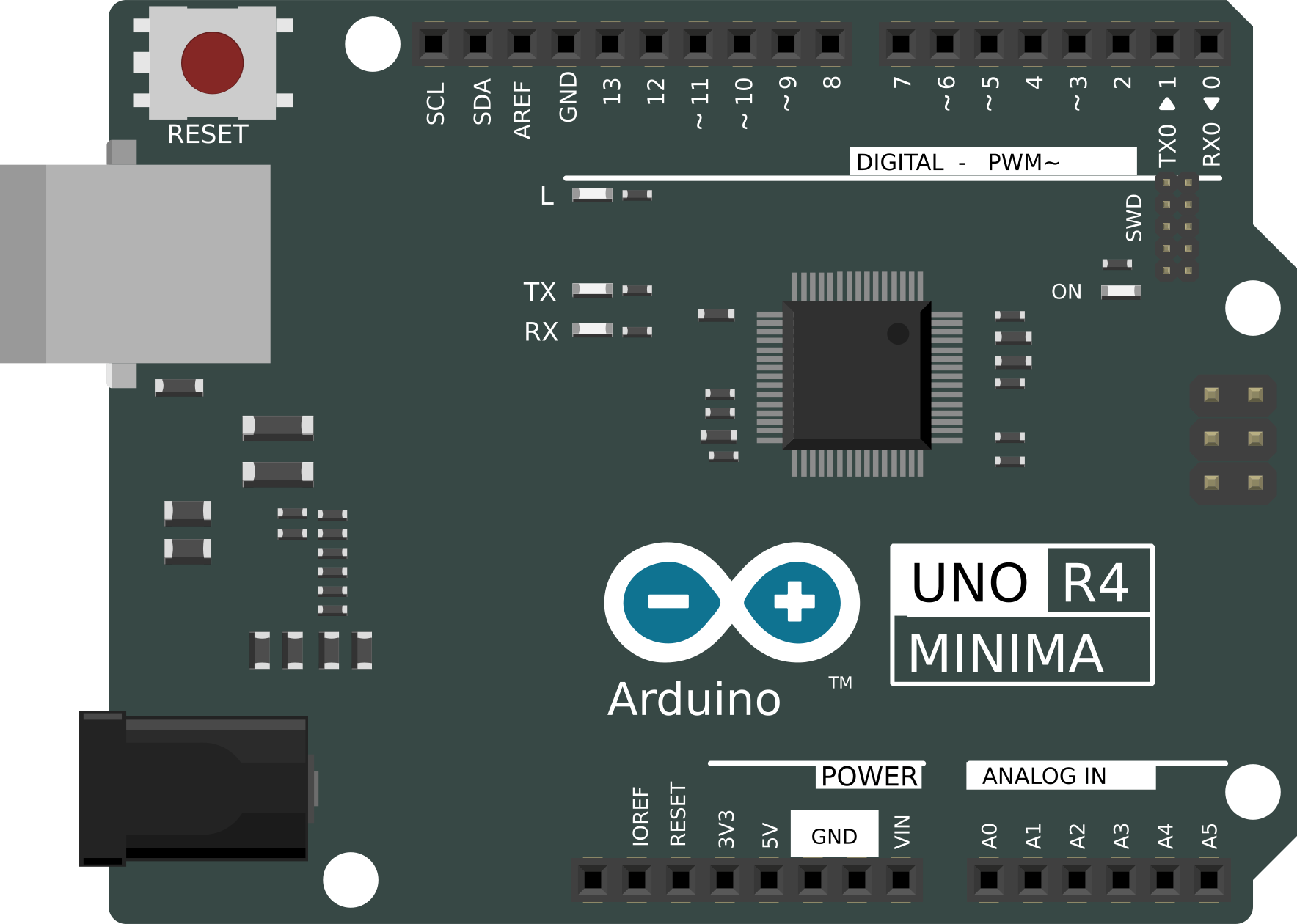
 Design with R4 minima in Cirkit Designer
Design with R4 minima in Cirkit DesignerIntroduction
The R4 Minima is a resistor component designed to limit current flow in electronic circuits. It provides a minimum resistance value, ensuring the proper operation and protection of circuit components. Resistors like the R4 Minima are essential in controlling voltage levels, dividing voltages, and protecting sensitive components from excessive current.
Explore Projects Built with R4 minima
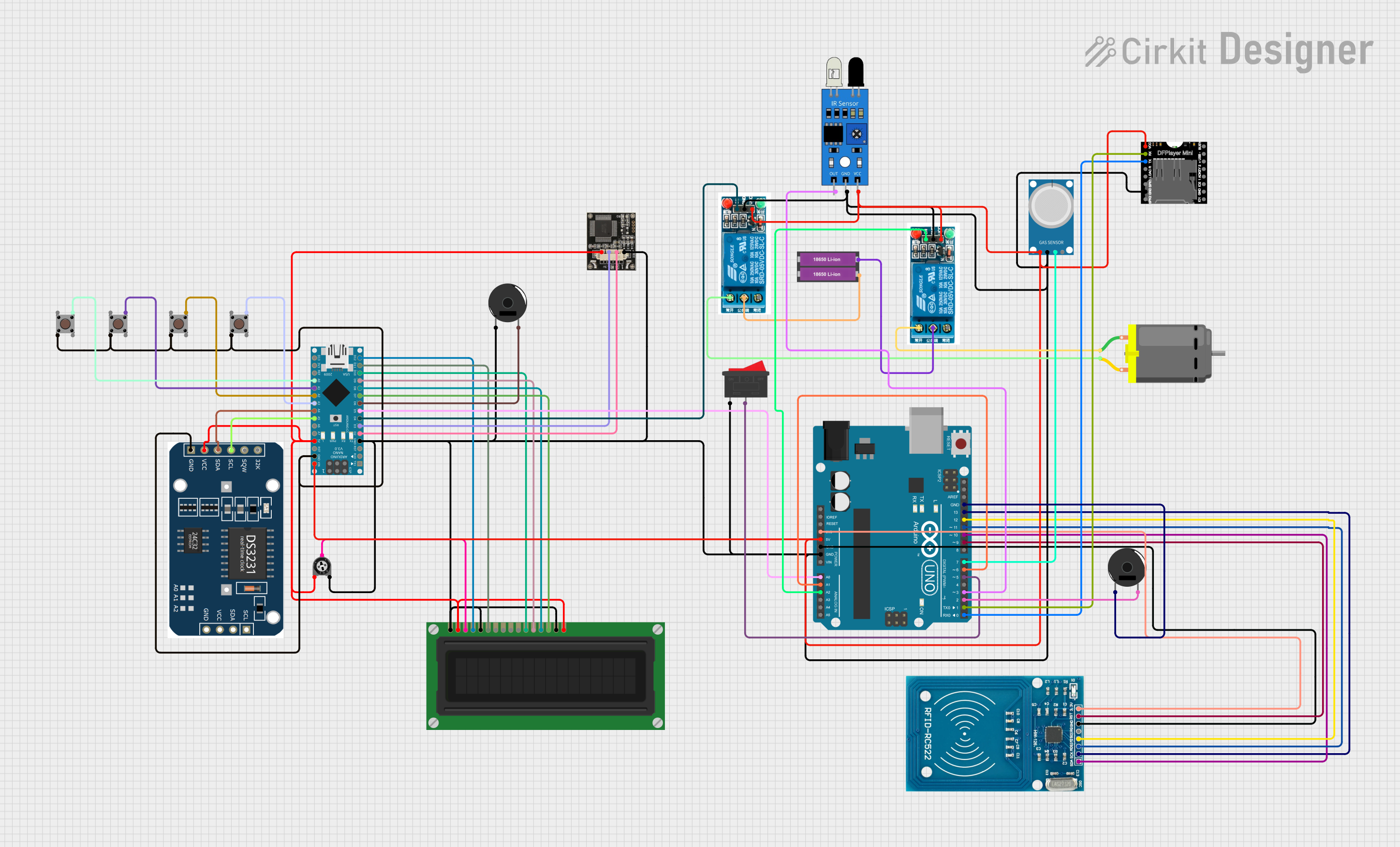
 Open Project in Cirkit Designer
Open Project in Cirkit Designer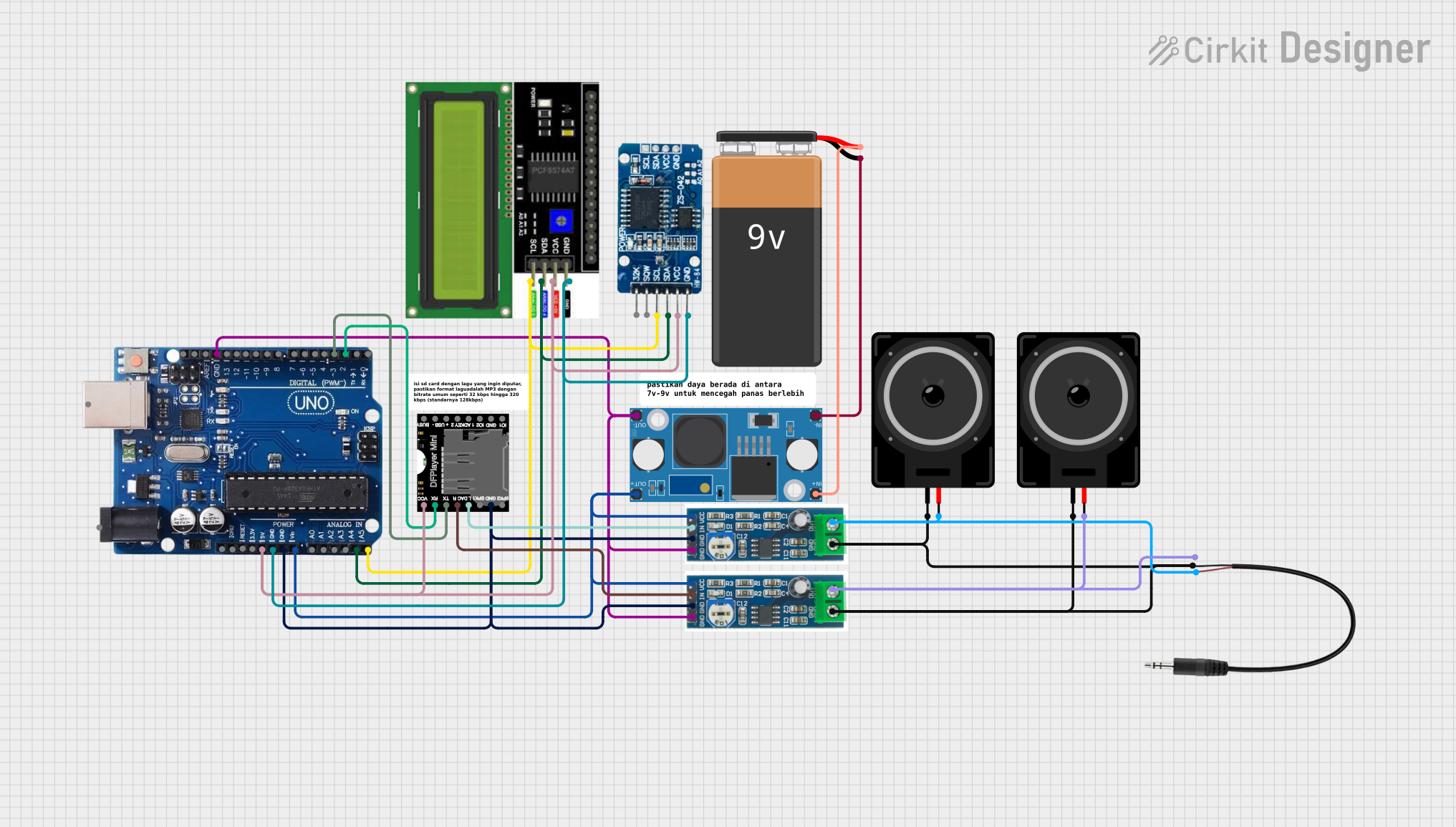
 Open Project in Cirkit Designer
Open Project in Cirkit Designer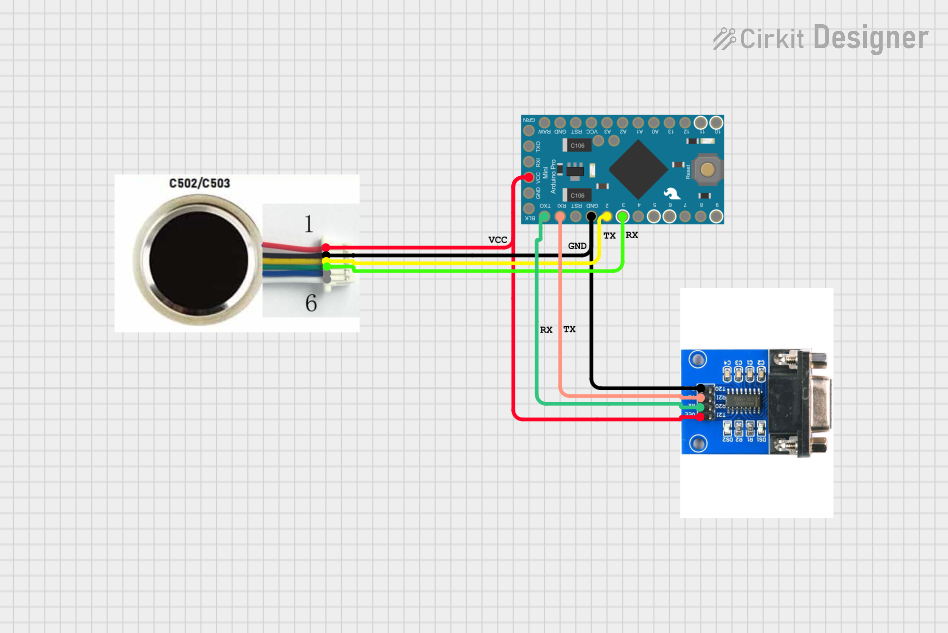
 Open Project in Cirkit Designer
Open Project in Cirkit Designer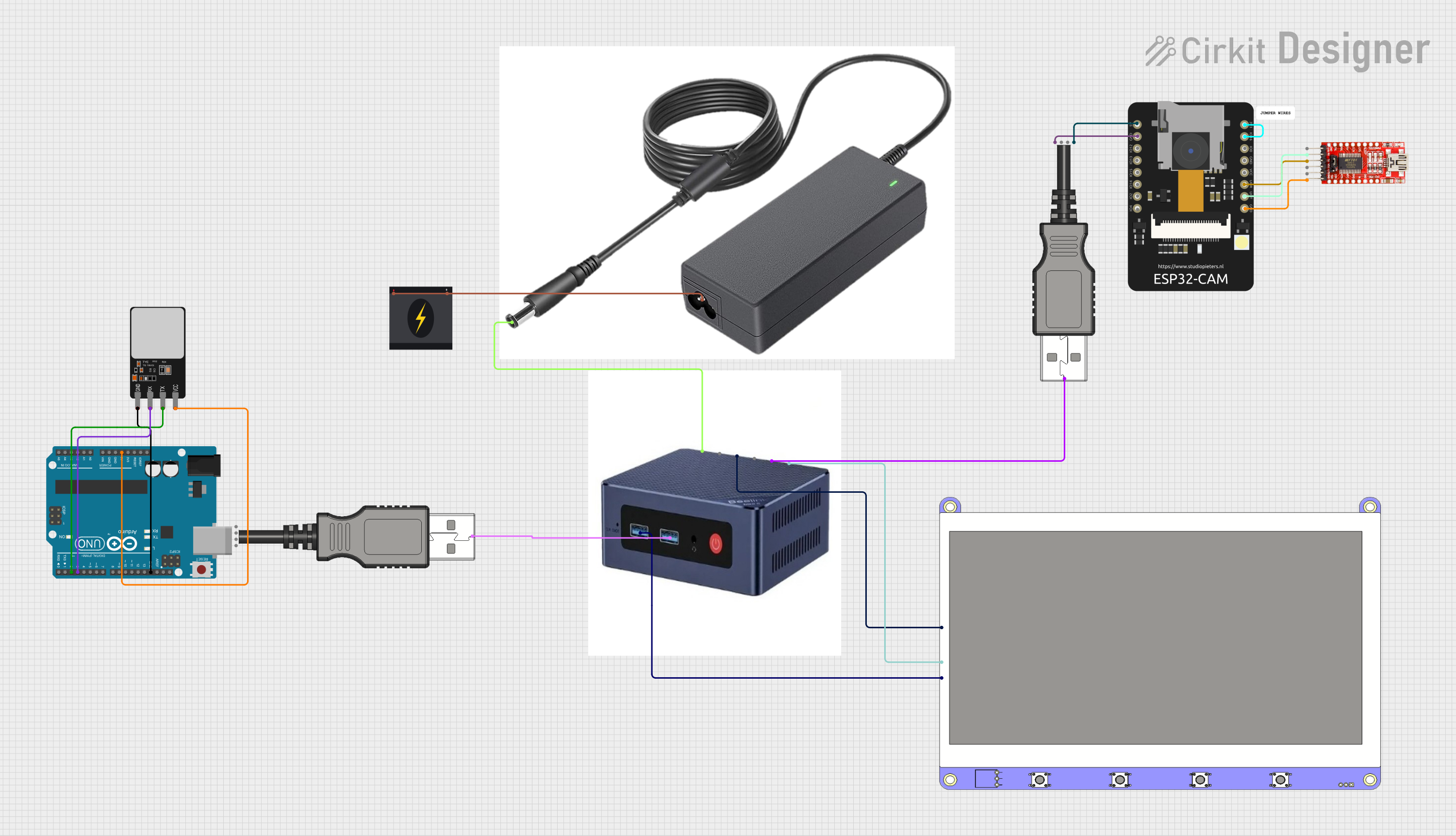
 Open Project in Cirkit Designer
Open Project in Cirkit DesignerExplore Projects Built with R4 minima

 Open Project in Cirkit Designer
Open Project in Cirkit Designer
 Open Project in Cirkit Designer
Open Project in Cirkit Designer
 Open Project in Cirkit Designer
Open Project in Cirkit Designer
 Open Project in Cirkit Designer
Open Project in Cirkit DesignerCommon Applications and Use Cases
- Current limiting in LED circuits
- Voltage division in analog circuits
- Pull-up or pull-down resistors in digital circuits
- Protection of components from overcurrent
- Signal conditioning in audio and RF circuits
Technical Specifications
The R4 Minima is a general-purpose resistor with the following key specifications:
| Parameter | Value |
|---|---|
| Resistance Value | 4 Ω (minimum) |
| Tolerance | ±5% |
| Power Rating | 0.25 W (1/4 Watt) |
| Maximum Voltage Rating | 200 V |
| Temperature Coefficient | ±200 ppm/°C |
| Operating Temperature | -55°C to +155°C |
| Package Type | Axial Lead |
Pin Configuration and Descriptions
The R4 Minima is a two-terminal passive component. The pins are not polarized, meaning they can be connected in either orientation. Below is the pin description:
| Pin | Description |
|---|---|
| Pin 1 | Connects to one side of the circuit |
| Pin 2 | Connects to the other side of the circuit |
Usage Instructions
How to Use the R4 Minima in a Circuit
- Determine the Required Resistance: Calculate the resistance value needed for your circuit using Ohm's Law: ( R = \frac{V}{I} ), where ( V ) is voltage and ( I ) is current.
- Verify Power Rating: Ensure the power dissipation does not exceed the resistor's power rating. Use the formula ( P = I^2 \times R ) or ( P = \frac{V^2}{R} ).
- Insert the Resistor: Place the R4 Minima in the circuit, ensuring it is connected in series or parallel as required by the design.
- Solder the Leads: If using a PCB, solder the resistor leads to the appropriate pads. Trim excess lead length if necessary.
- Test the Circuit: Power on the circuit and measure the voltage and current to confirm proper operation.
Important Considerations and Best Practices
- Avoid Overheating: Ensure the resistor operates within its power rating to prevent overheating and potential failure.
- Check Tolerance: For precision applications, consider the ±5% tolerance and account for it in your design.
- Use Proper Tools: When soldering, use a temperature-controlled soldering iron to avoid damaging the resistor or PCB.
- Parallel and Series Configurations: Combine resistors in series or parallel to achieve non-standard resistance values if needed.
Example: Using R4 Minima with an Arduino UNO
The R4 Minima can be used as a current-limiting resistor for an LED connected to an Arduino UNO. Below is an example circuit and code:
Circuit Description
- Connect one terminal of the R4 Minima to the Arduino's digital pin (e.g., Pin 13).
- Connect the other terminal of the R4 Minima to the anode (+) of the LED.
- Connect the cathode (-) of the LED to the Arduino's GND.
Arduino Code
// Blink an LED using the R4 Minima resistor for current limiting
// Ensure the resistor is connected in series with the LED to limit current
const int ledPin = 13; // Pin connected to the LED
void setup() {
pinMode(ledPin, OUTPUT); // Set the LED pin as an output
}
void loop() {
digitalWrite(ledPin, HIGH); // Turn the LED on
delay(1000); // Wait for 1 second
digitalWrite(ledPin, LOW); // Turn the LED off
delay(1000); // Wait for 1 second
}
Troubleshooting and FAQs
Common Issues and Solutions
Resistor Overheating
- Cause: Exceeding the power rating of the resistor.
- Solution: Use a resistor with a higher power rating or reduce the current in the circuit.
Incorrect Resistance Value
- Cause: Misreading the resistor's color code or using the wrong resistor.
- Solution: Double-check the color code and verify the resistance with a multimeter.
LED Not Lighting Up
- Cause: Incorrect wiring or insufficient current.
- Solution: Verify the circuit connections and ensure the resistor value is appropriate for the LED.
Resistor Leads Breaking
- Cause: Excessive bending or stress on the leads.
- Solution: Handle the resistor carefully and avoid sharp bends near the body.
FAQs
Q: Can I use the R4 Minima in high-frequency circuits?
A: Yes, the R4 Minima can be used in high-frequency circuits, but ensure its inductance and parasitic capacitance are negligible for your application.
Q: How do I calculate the total resistance when using multiple R4 Minima resistors?
A: For resistors in series, add their resistance values: ( R_{total} = R_1 + R_2 + \dots ).
For resistors in parallel, use the formula: ( \frac{1}{R_{total}} = \frac{1}{R_1} + \frac{1}{R_2} + \dots ).
Q: What happens if I exceed the resistor's power rating?
A: Exceeding the power rating can cause the resistor to overheat, potentially leading to failure or damage to the circuit.
By following this documentation, you can effectively use the R4 Minima resistor in your electronic projects.